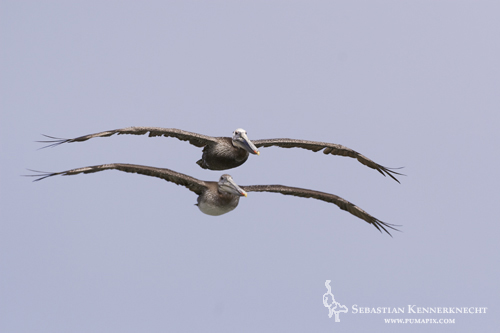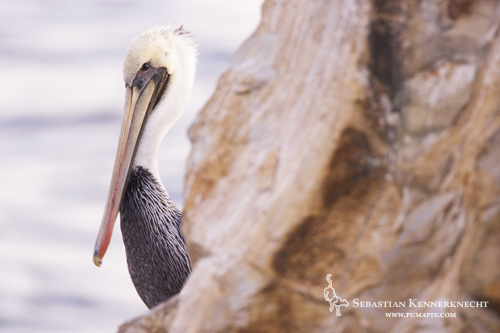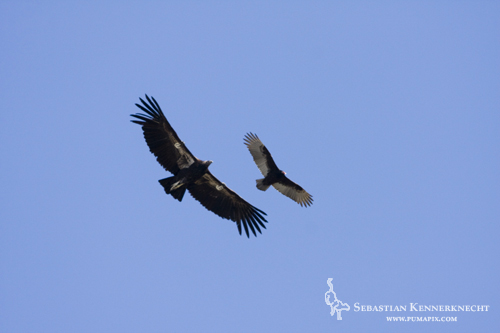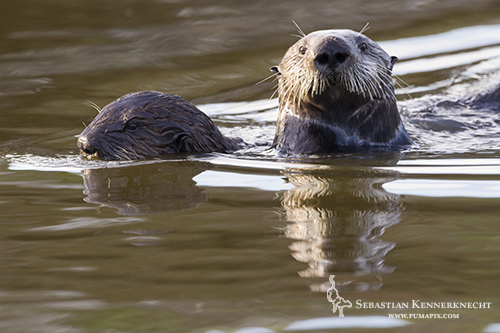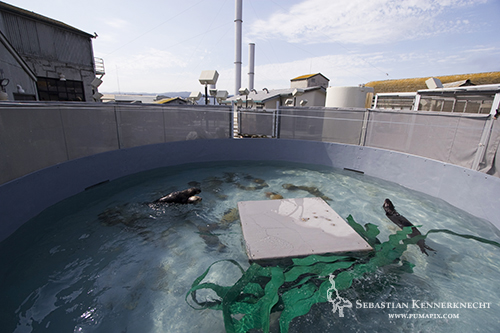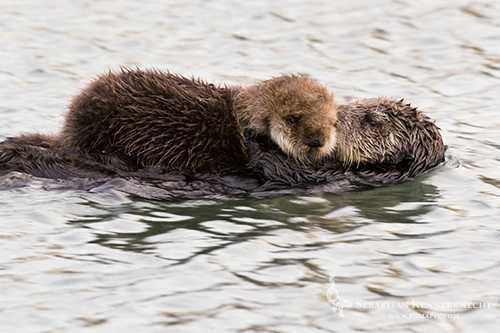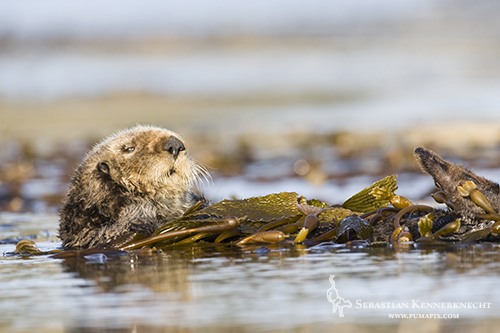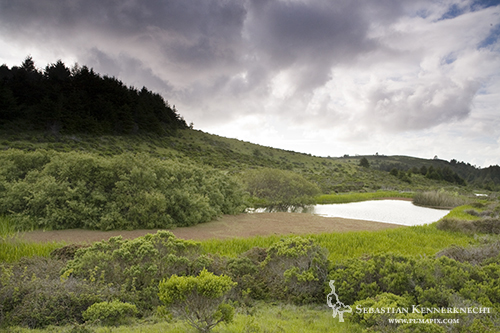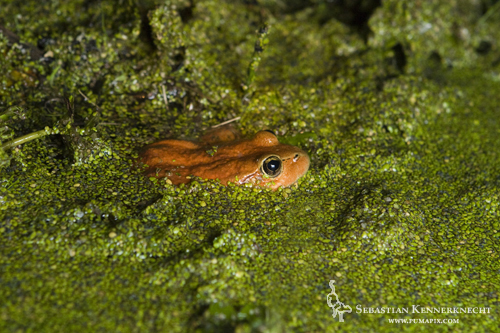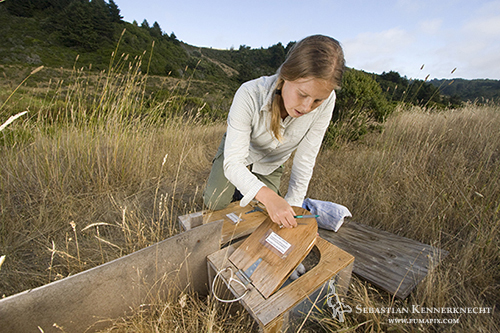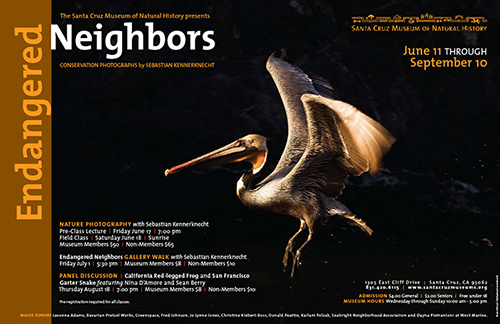This Endangered Neighbor was taken off the US endangered species list in 2009 due to their population rising to what authorities consider to be large enough numbers. As we all know, this doesn’t mean they are in the clear, but so long as we make sure we don’t repeat history, Brown Pelicans should have a stable future. To do this, we need to look at that history to see how we got Brown Pelicans in trouble in the first place.
Chemical Pollution
DDT was one of many contaminates released into the environment after world war II. The problem with DDT was (and still is) that it causes thin egg shells. Brown Pelicans incubate their eggs by standing on them. Because of the thin egg shells caused by the pesticide, pelicans were literally crushing their own eggs. In 1969 only 12 of 300 nests contained whole eggs on West Anacapa Island (the only breeding colony in California), the rest were crushed. In fact, the nearshore waters of southern California have experienced the highest levels of environmental contamination by DDT anywhere in the world. This was not only caused by local agriculture, but by the Montrose Chemical Company which was discharging hundreds of pounds of DDT directly into the southern California oceans.
In 1972 the use of pesticides like DDT was banned in the US (though we are still the number one producer of DDT, now shipping it abroad), which was probably the biggest historical factor in bringing Brown Pelicans back.
As you can see from the image above, chemical pollution is still a problem, not from DDT, but from agricultural and industrial run-off.
Plastic Pollution
Plastic pollution is a constantly increasing modern threat since pelicans often consume them, thinking it is food. Save our Shores reports that they pick up 60 lbs of trash per beach clean up. That is nuts!!! Not only that, but they average around 385 lbs of garbage per river clean up, so you can imagine how much trash gets swept into the ocean that we simply don’t even know about.
The Solution
The nice part about this step, is that in reality, it is relatively easy. There are a few different easy steps you can take to help Brown Pelicans survive.
– Eat organic foods (therefore eliminating agricultural run-off)
– Buy re-usable bottles and bags, eliminating plastic bags and bottles.
– Throw your trash away in proper containers, but re-use as much as possible.
-Volunteer with Save our Shores (check out their calendar for their frequent clean up days)
…. see, all those steps are super easy!
If we all take these small steps we can ensure to be graced by the beauty of Brown Pelicans for years to come! To see more Brown Pelican images, besides the images below, visit the Brown Pelican Portfolio!
*If you are interested in purchasing any of the pictures displayed in this post, please check out my fine prints page for pricing.*






